Summer Reading List: Daniel Handler

You should have seen the look on Phoebe's face when I told her that Daniel Handler was going to contribute a Summer Reading List for DALS. It's how I imagine my own face would have looked if, back in 1981, my dad had walked through the door and said, "Hi everyone, yeah, long day at work. I'm just gonna go upstairs and put my bathrobe on. Oh, and Andy: the Rolling Stones are going to play at your birthday party this year." Daniel Handler -- and how many people, other than close relatives, can you say this about -- has had a genuine, rock star-like impact on our oldest daughter's life. The thirteen mind-blowing books he wrote, under the pseudonym Lemony Snicket, are the books Phoebe might well remember most when she's old and forty. First of all, she read them all in about two weeks, curled up on the corner of our family room couch, and we basically didn't see or hear from her until she was done. We're talking serious, deep transportation. Second of all, these books give you faith in the human imagination. They're so beautifully, joyously done. In some ways, they're the books that opened her up to the value of darkness in a story, and of the way good and evil, and life and death, can coexist. "Imagine lemonade," Phoebe said, when I asked her to describe what the books are like. "Only with barely any sugar." Which is exactly how I would have put it, happy as I was to discover these books, too, after so many years of unrelenting cheeriness and pointless plot-iness and overweening cutesiness and, as Phoebe suggests, way too much sugar. (I'm not naming names.) You can never accuse Daniel Handler of ever using too much sugar. That goes for his adult books as well, and, we presume, for Why We Broke Up, the young adult book he is publishing this fall with the illustrator, Maira Kalman, with whom he has partnered before, to gorgeous results. (This is a go-to gift book for us.) We are huge Daniel Handler fans here at DALS, and we're honored to have him tell us about his favorite picture books. (Plus one not-so-picture book that he couldn't resist throwing in. See: Darkness, above.) Without further ado, Daniel Handler on what your kids should be reading this summer...
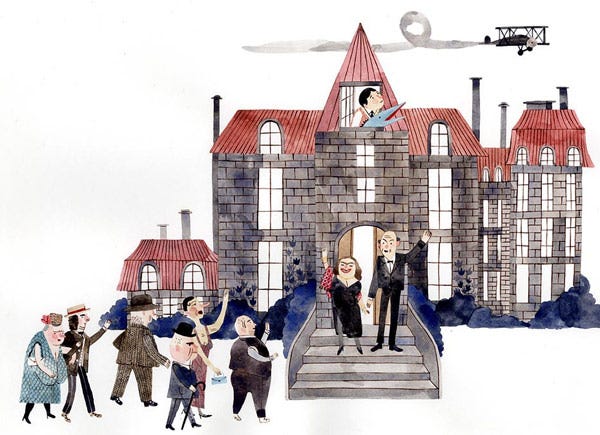
Dillweed’s Revenge by Florence Parry Heide
This one was written a long time ago, and Edward Gorey was supposed to illustrate it, but he pulled a jerk move and died. It’s really remarkable, the story of a young man with terrible parents who evntually finds ways to deal with them -- through monstrous acts of witchraft and menace. It was finally illustrated by the amazing Carson Ellis, who’s probably best known for the album covers she does for her husband’s band, The Decemberists. The art has this kind of abstract, Rothko-y, wet quality to it. It’s old-fashioned Victorian meets the dark unplummable depths of the human soul. For kids!
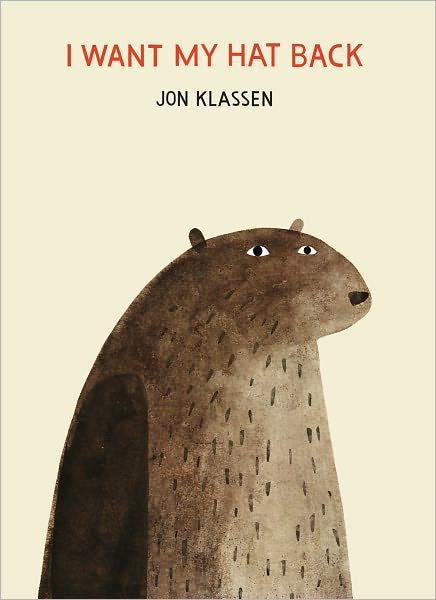
I Want My Hat Back by Jon Klassen (note: this is coming out in September, but you can pre-order now)
I assume this book is for children, but I have yet to find a child who liked it. But I like it a lot. It’s about a bear who wants his hat back, and my wife and sit around and read it together. The thing is, no matter what your favorite book is as an adult, you can never read that book fifty times to see if its greatness sustains. Try that with Anna Karenina. On the other hand, you can read this book fifty times, no problem. And I have. And it sustains. This book taps into the kind of focused anxiety you have when a material possession of yours has gone missing. It just happened to me this morning with a CD – and really, how replacable is a CD these days? All I had to do was go burn another one – but I couldn’t rest until I knew that it was in my house. It taps into that anxiety, and all it’s comic and tragic possibilites. It ends in death, too. This doesn’t automatically make a story better, of course, but a little death goes a long way. I think children like death in books for the same reason adults like death in books. For some reason, we've developed different rules about what’s appropriate in books for adults versus books children, and I find that tiresome. Do we do that with nutrition, for example? Then again, my son is frightened of almost everything. He’s seven, and he’s scared of everything. He asks me once a week what the Lemony Snicket books are about. When I tell him, he just looks at me.
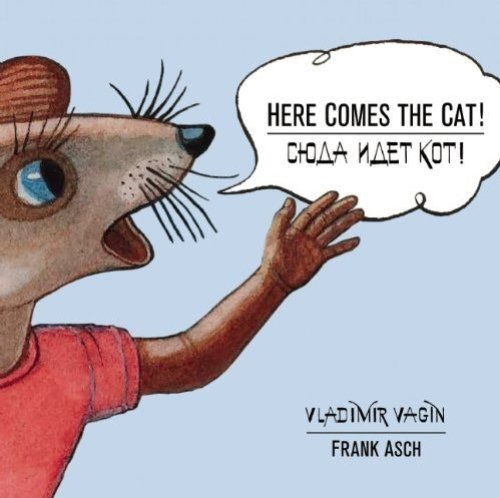
Here Comes the Cat! by Frank Asch and Vladimir Vagin
This one was just re-published by McSweeney’s. It was actually first published in the 80s, and it’s a collaboration between a Rusisian artist and an American writer. It’s for very young children -- I think there’s only one sentence in it. There’s this relay race of Paul Revere mice warning that the cats are coming, the cats are coming, but when the cat arrives, he’s pulling a huge cart of cheese. I love that. The art has a kind of cool, Russian, Constructivist feel to it, with really strict lines. You get to see all these great locations and city streets, which look Soviet to me, but I’m sure they look American if you’re Soviet. The theme of the book is right up my alley, too – the idea that the positive and negative aspects of excitement are close together, opposite sides of the same coin. Which feels kind of Cold War-y, too.
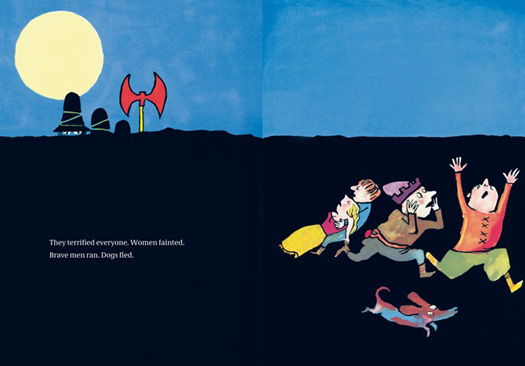
The Three Robbers by Tomi Ungerer
Unbelievably beautiful book. If anyone ever makes an odd, contemplative movie from a picture book again, the way they did with Where the Wild Things Are, they should start here. The drawings are beauitful and dark – I mean dark in the light sense – and it’s about three robbers who meet to dicuss their heists and operate in the dead of night. One day, they come across a carriage and in it is a little girl, and they decide they’re going to start kidnapping children. It has one foot in terror -- and one foot in the pleasure -- of kidnapping. Let me explain: Yes, it wold be horrible to be kidnapped in the middle of the night, UNLESS when you get there, it was this marvelous place full of wonder. Is it scary? I don’t think so, I mean… even my terrified son loved it. I just love picture books that manage to capture that hushed quailty of a child’s view of the night, that feeling when you walk out of your room to go to the bathoom, and step out into that dark hallway...
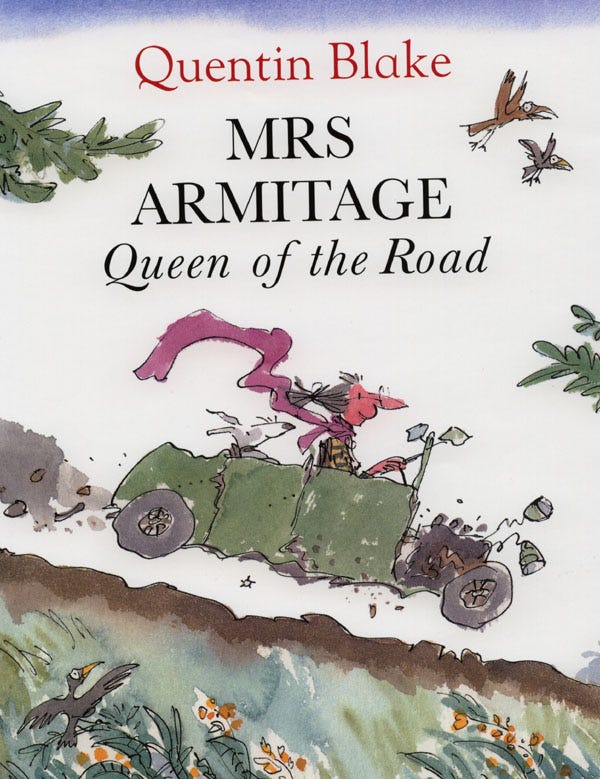
Mrs. Armitage: Queen of the Road, Written and illustrated by Quentin Blake
The majority of Quentin Blake’s reputation is from illustrating Roald Dahl’s books, but he’s a splendid talent all by himself, and this book shows it. It’s about a woman who’s driving this ramshacke automobile around, and the automobile keeps falling apart, and yet, she remains full of vim and vigor. What looks like a story about making mistakes turns out to be a story about souping up your car, which I love. I just brought a copy of it to an adult writing class, actually, because the students were suspicious of my speech about how it can be incredibly liberating to take a hatchet to your work; well, this illustrates my point, because as she loses all the parts to her car, one by one, she gets happier and happier, and more free. Visually, it definitely looks like the Quentin Blake we all know and love. It’s a great example of a picture book that has no scary content in it at all, but it isn’t saccharine, either, so I’m pleased to have it around the house. It’s a book that has no scary things, and yet, it’s a book that I can stomach.
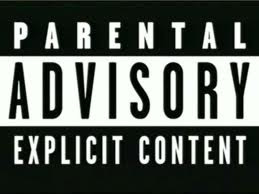
Dances with Snakes by Horacio Moya
I’m not sure you’ll want to include this one. Yes? Okay. Let me just say: This is not a children’s book and it is absolutely not for little children. It’s full of weird sex and horrific violence, and I like it a lot. I always tell people: if you really want to get reluctant teenage boys to read, if you want literature specifically designed for that purpose, then it needs to be filthy. If I were running publishing line for teenage boys, I would repackage this book and publish it, and then I would be fired. You should buy it for your fifteen year old nephew, if you’re the kind of uncle who is prepared to get a lot of crap for it. He’ll thank you.
Photo of Daniel Handler courtesy of Meredith Heuer.




